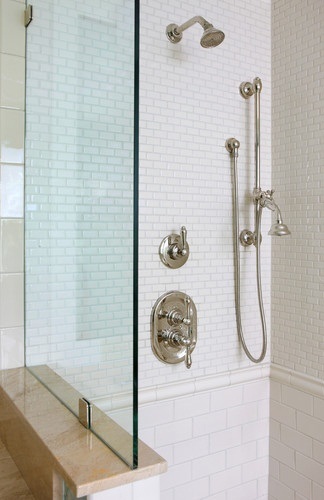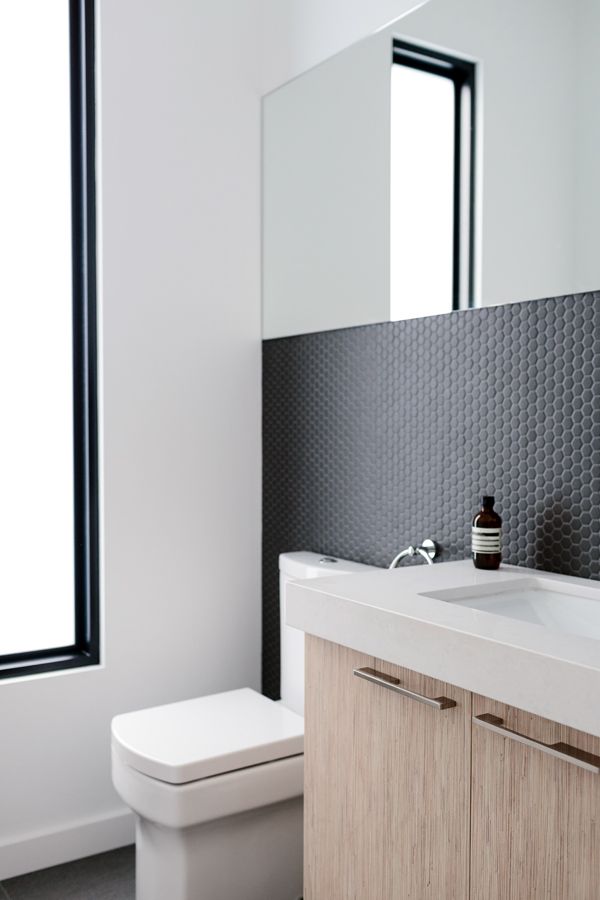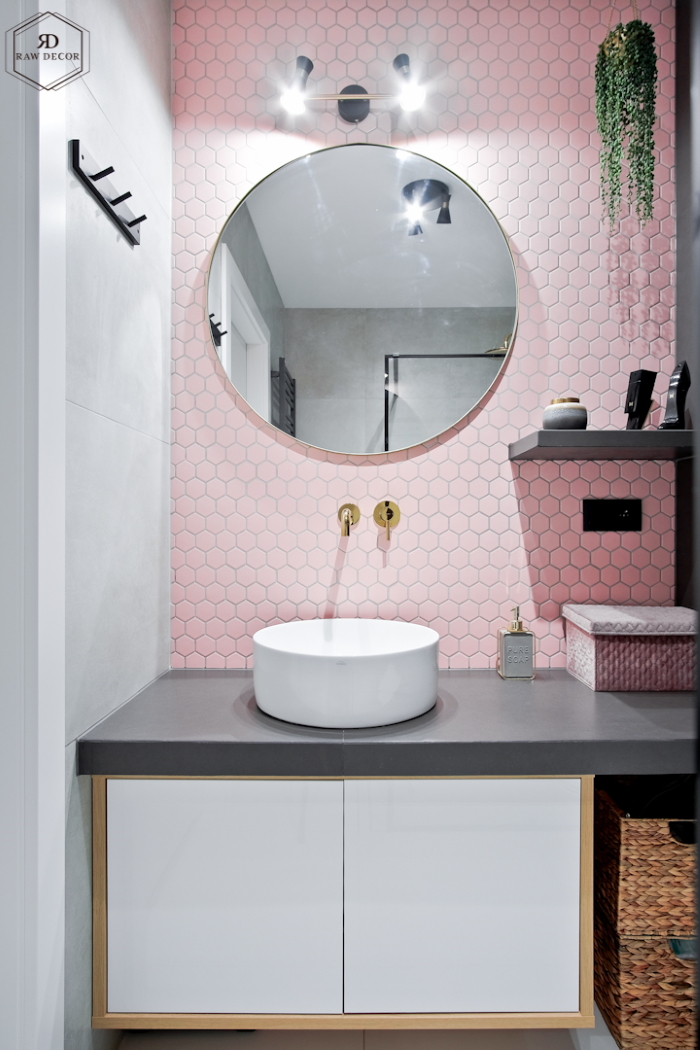Modern mosaics
In modern interiors, we often encounter charming, small elements that create original patterns and make our homes look unique and original. What creates such interesting decorations? It's the timeless mosaic that has been delighting with its beauty for thousands of years.
Our ancestors loved mosaics!
If we could travel back in time about 7,000 years to Mesopotamia or ancient Greece, we would see for ourselves that mosaic was a frequently used decorative element. The oldest examples were found in Mesopotamia, in the city of Uruk. These were small elements creating ingenious compositions made of, among other things, marble, mother-of-pearl, lapis lazuli, gold, or silver. Mosaics adorned both the interiors of rooms and individual objects. What did the small elements depict? Most often, they were images of animals or plants. However, what is most fascinating about mosaics is that they also told a story. They revealed scenes of life that took place in the palace, depicted images of wars or contemporary rituals. In Greece, on the other hand, the material for mosaics was pebbles, treasures that the sea washed ashore. Greek mosaics predominantly featured black and white, with additions of yellow, brown, or red. During the Hellenistic period, stone mosaics were created from scraps and waste left over from the earlier work of contemporary sculptors or stonemasons. Over time, glass, marble, and semi-precious stone mosaics began to be used.

And what is contemporary mosaic like?
Contemporary mosaic is most often made of ceramics, glass, stone, metal, mother-of-pearl, or semi-precious stones. A small mosaic cube usually measures from 1 to 5 centimeters. Depending on our preferences, it can take various shapes: from circles through ovals, triangles to rectangular and polygonal tiles with irregular shapes. The most liked and popular mosaic is ceramic mosaic. Why? Due to its favorable technical parameters and good price. Before buying, it is worth knowing that we distinguish two types of ceramic mosaic: mosaic made of stoneware mass: this is very durable, resistant to mechanical damage, including abrasion and temperature differences. We can freely use it both indoors and outdoors. On the other hand, mosaic made of ordinary glazed mass is characterized by high absorbency and is therefore suitable only for indoor use. It can adorn both our walls and floors.
Stone mosaics, i.e., small marble, quartz, or travertine tiles, are perfect for both the interior and exterior of our homes. Their characteristic feature: they are very durable. The durability of stone mosaics is best evidenced by the fact that even hot volcanic lava, which once engulfed Pompeii, could not destroy them. Despite the disaster and the passage of thousands of years, we can still admire it with amazement when visiting this ancient city.
Glass mosaic: both matte and glossy. Due to its lack of absorbency, it will work well in a bathroom or kitchen. Some manufacturers use admixtures of glitter or precious metals. Thanks to this, small elements shine beautifully.
Metal mosaic is also an interesting solution. How is it made? These are simply ceramic tiles covered with sheets of aluminum, copper, or bronze. Matte decors perfectly correspond with the raw interior of modern rooms.

Modern designs and colors:
The great thing about mosaics is that we can arrange them in many different ways. If we like colors, creating colorful compositions that effectively liven up the space around us will not be a problem. In modern rooms, monochrome mosaics in colors such as gray, violet, or vanilla look extremely tasteful. Shiny decors in shades of red, black, or brown are fashionable. Modern mosaics can depict various images, from floral and animal motifs to abstract geometric figures or characters from the world of pop culture.

Modern mosaic is a useful mosaic
The modernity of mosaic is evidenced not only by its appearance but also by its usability. Here, ceramic mosaic stands out, which is resistant to all kinds of mechanical damage (for floors, we recommend using tiles with a wear class of III or higher). We can be sure that properly used cleaning agents will not negatively affect its condition. And we have good news for ladies and gentlemen who help with daily cleaning: ceramic mosaic is resistant to dirt. Thanks to this, we spend much less time cleaning and maintaining it.


